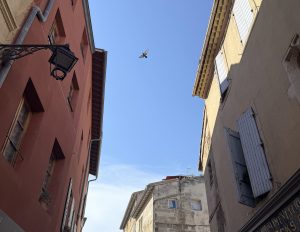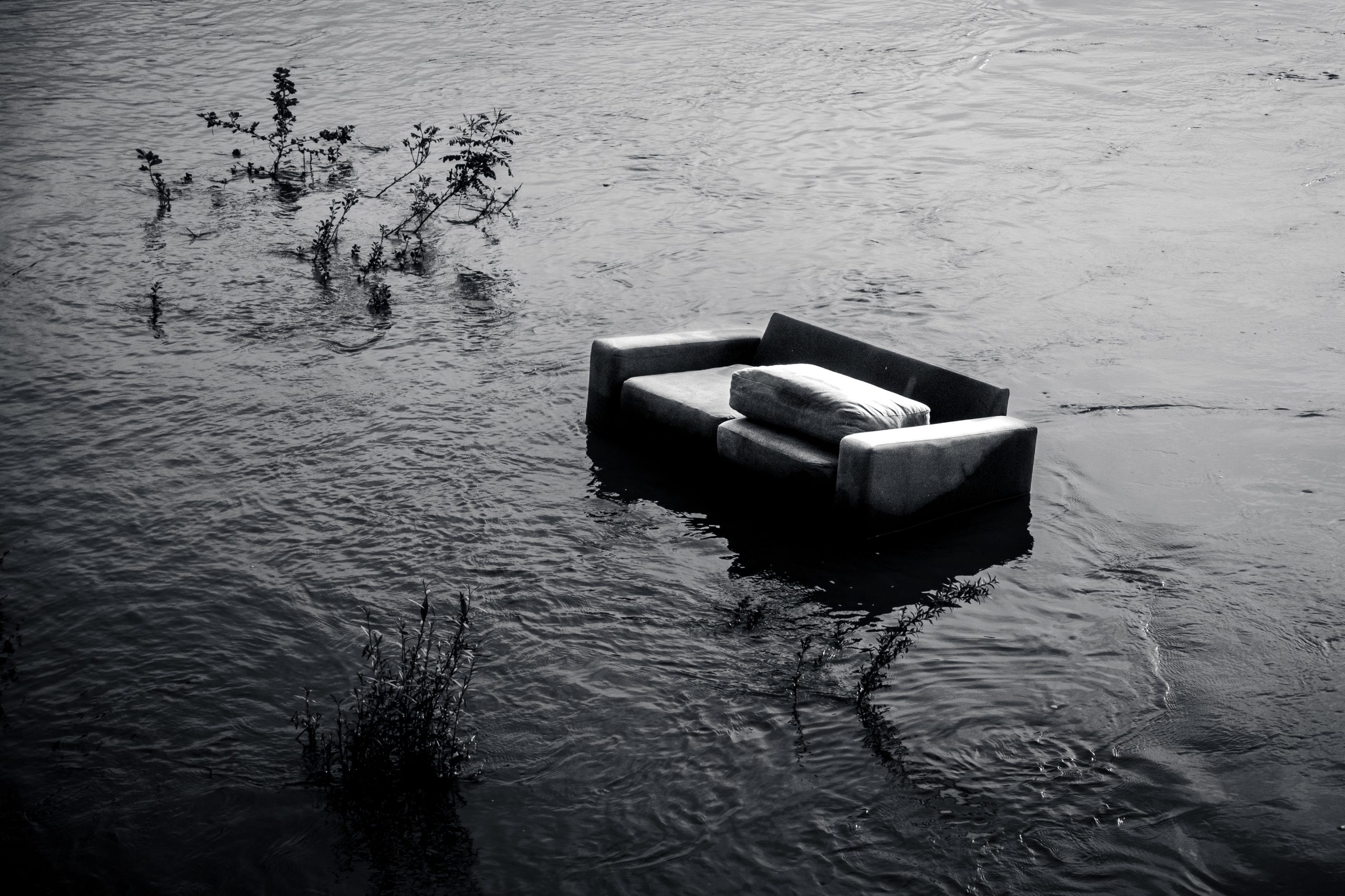
Photos and text by Thomas Murphy
As I walked along the Rhône during my first week in Arles, I noticed an old couch beneath the south end of the Pont de Trinquetaille. Beside it sat the remains of a Heineken 12-pack. I had clearly stumbled upon a local drinking spot, so I took out my camera and made a photo of the uniquely placed furniture.
As I moved on from the couch, continuing down the side of the river, a man looked at me as he passed by. I thought nothing of this fellow pedestrian until I heard a loud splash from behind me. I turned to see the man walking away from the bridge and the couch floating in the Rhône.
With such an odd scene set before me, I jumped into action and began snapping pictures. Running up and down the many stairs leading to the water, I followed this cushioned raft until it began to slip beneath the surface of the Rhône.
As it sank, I began to think about what other random things could be sitting at the bottom of the massive river. I imagined layers of objects from throughout history making up the seabed, with modern-day garbage resting atop ancient relics. Turns out I wasn’t far off from reality.
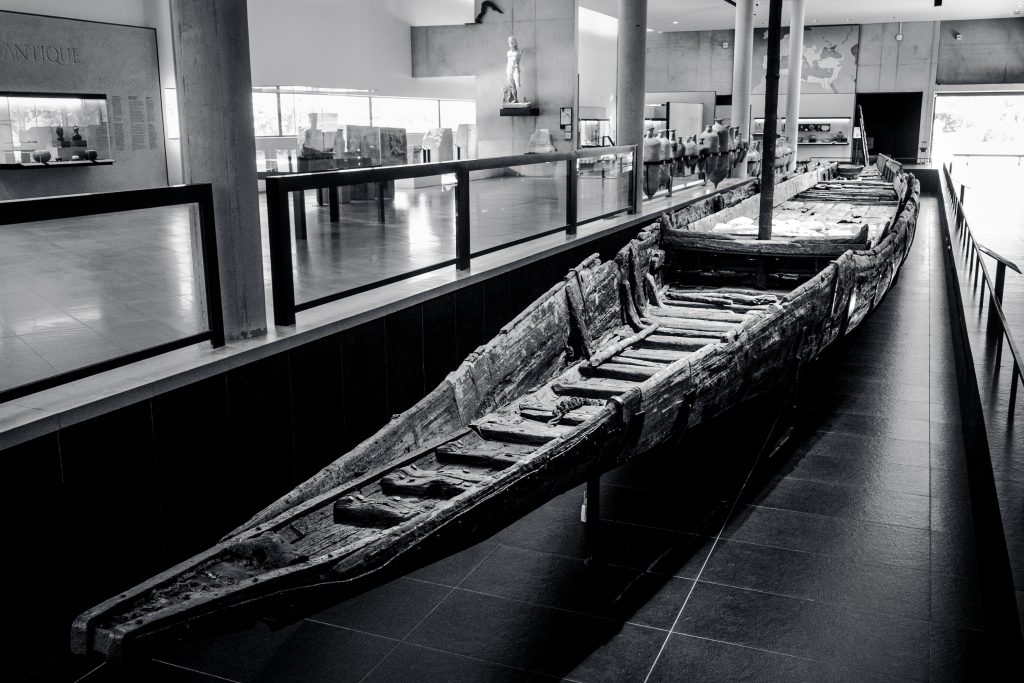
When the Arles-Rhône 3 sank around 50 to 60 A.D., the transport ship was resigned to the depths of the Rhône River that cuts through the ancient city. It saw the light of day once again after a team from the Musée départemental Arles antique resurfaced the vessel as a part of a project to dredge up the countless relics lost to the river.
The ship is now on display in the center of a section showcasing the river’s treasures. It is surrounded by and filled with the amphoras, cut limestone and metal bricks that it once carried up and down the Rhône amongst other relics from the time.
The Roman Empire, under the rule of Julius Caesar, inducted Arles into the empire in 46 AD. This turned the city into a prominent sea-river port and spurred the expansion of the city, which grew to include the arena, forum and amphitheater we see in the center of Arles today.
The Arles-Rhône 3, and other ships like it, were integral to the flow of trade in and out of Arles. The markings on much of the discovered lost cargo allowed archaeologists to form an idea of the trade networks that connected Arles to the Mediterranean, which reached Carrara in the North of Italy and the Iberian Peninsula.
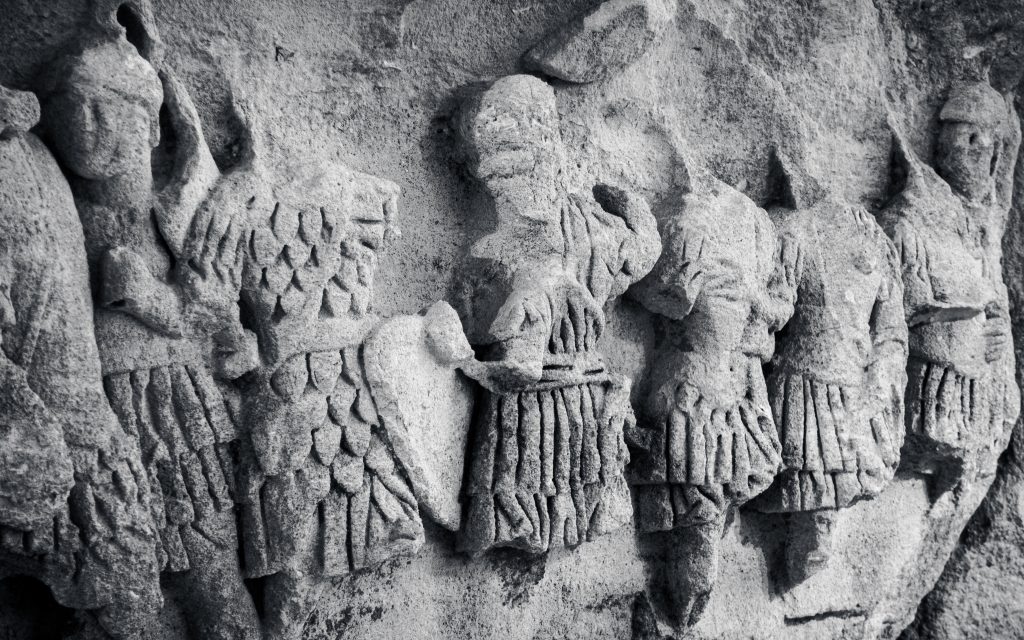
Amazed by such wonderfully preserved pieces of humanity’s history, I began my walk back into town. As I strolled alongside the Rhône yet again, I was reminded of how the boys from the Arlesian family I’m living with and I had biked from a picnic party the night before, going through a thicket to find a small, eroding section of riverbank along the Rhône.
There, we found a fire extinguisher floating within reach of the massive stick we had just pulled from a bush. We found that the extinguisher had expired in 2004. The fire extinguisher now sits on the floor of the shower in my host brothers’ bathroom. They intend to clean it and mount it on their wall.
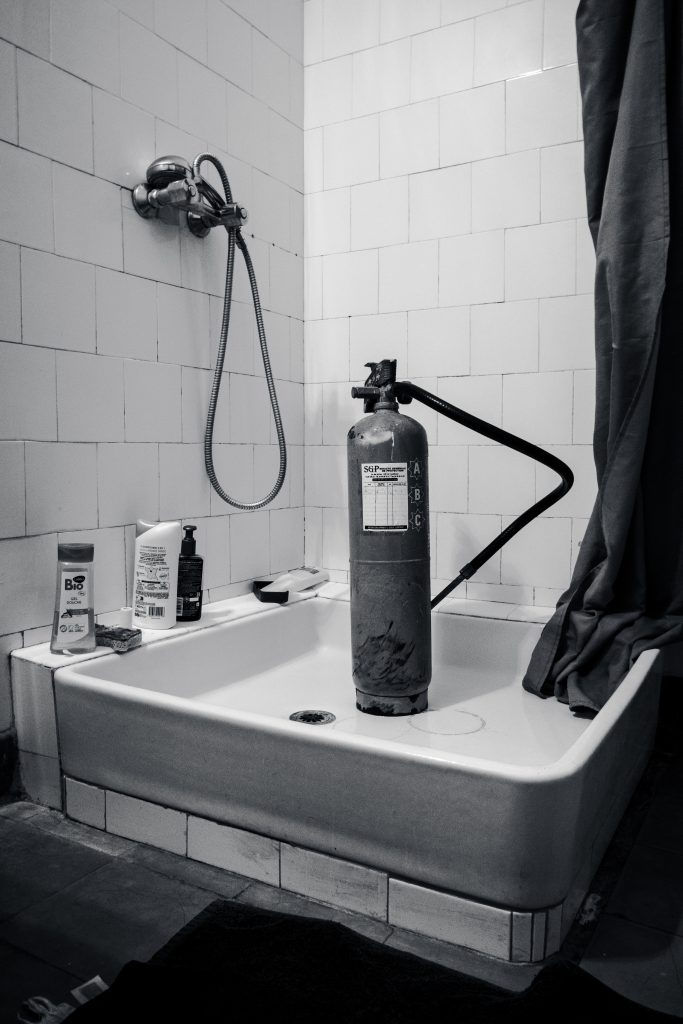
As I go over these memories in my mind, I am reminded of the peril that our world is in. Today, humanity continues leaving its mark on the Earth, creating a legacy that will show exactly how we lived our lives. Unfortunately, the legacy of our current era will not be of ancient wonder, but one of filth and reckless waste. Plastic and trash fills our rivers and seas, polluting them and choking life from the natural world. A couch sinks below the water’s surface. A fire extinguisher floats by. The rising waters eat away at the riverbank.
The world is experiencing change at an unprecedented rate because we are affecting it at a level never seen before in our history, but why is that? Recklessness. Humanity has acted upon this impulse for centuries, to burn whatever we have to in the interest of constant growth. A random passerby throwing a couch into a river embodies humanity’s comfort in a world where excessive waste is the norm and its destructive force is not fully recognized.
